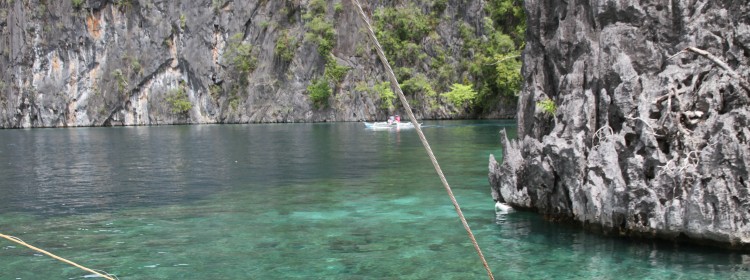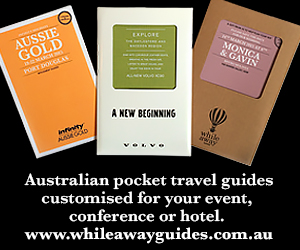Shortly after taking off from Sydney on Philippine Airlines flight PR 214, I dropped my mobile phone down the side of the business-class seat. Nothing, absolutely nothing, the cabin crew or I did could get it out. It was lost in the works, down there somewhere.
This was worrying. Like everyone else in the digital age, I need my phone. The purser and his sympathetic team said they’d call a mechanic to help extricate it when we arrived in Manila around noon. But obviously no one could say exactly how long this recovery process would take. And while I waited on the plane after everyone else had got off, my bag would end up on the carousel in Manila Airport’s Terminal 2, alone. Then what? Would someone pinch it?
 As it turned out I needn’t have worried. After an eight-and-a-half-hour journey, during which I napped under a blanket on a flat bed, watched movies and was served outstanding food and drinks with pristine white linen and silver cutlery, the door opened.
As it turned out I needn’t have worried. After an eight-and-a-half-hour journey, during which I napped under a blanket on a flat bed, watched movies and was served outstanding food and drinks with pristine white linen and silver cutlery, the door opened.
Within minutes, while other passengers were still disembarking, a technician had arrived, dismantled the seat and presented me with my phone. I offered him a gratuity. “No sir,” he said, “it’s my job, and welcome to the Philippines.”
For me this was one of many reminders why group and MICE people travelling from Sydney to the Philippines should consider the national carrier (PAL). It should be considered by anyone seeking good deals for air travel to Asia from Australasia – and not just to Manila. From the capital the airline flies onwards to some 30 domestic and 40 international destinations, at competitive full-service prices.
Full service to Asia
Indeed flight frequency and direct full-service flights from five Australian gateways – Sydney, Melbourne, Brisbane, Darwin and Cairns – ensure the airline is the best option for travel between Australia and the Philippines, says Ian Robinson (pictured above), the airline’s ebullient Regional Manager Australia and New Zealand.
This is particularly true for Australasian corporate and group clients seeking a good value-for-money experience, says Ian. “The year-round PAL fares are consistently much lower than those of our competitors on these routes,” Ian says. “In fact our current promotional fare for two passengers travelling together is quite easily the best business class fare to Manila in the market.”
Business class passengers get priority boarding, lounge access (the Singapore Airline lounge in Sydney), an exclusive menu and wine service on board, flat beds and a 40-kilo checked baggage allowance.
 The experience is set to become even better. Newly refurbished A330-300 aircraft will introduce a level of service and product that PAL has never offered before in the Australian market, says Ian. These planes are already flying from Melbourne and will be in service on the other Australia-Manila routes by September 2017.
The experience is set to become even better. Newly refurbished A330-300 aircraft will introduce a level of service and product that PAL has never offered before in the Australian market, says Ian. These planes are already flying from Melbourne and will be in service on the other Australia-Manila routes by September 2017.
A special feature of these “tri-class” Airbuses, which have a new premium economy option, is high-tech Vantage XL seats (pictured left) made in Ireland by aircraft seat specialist Thompson Aero Seating.
What do you get with these? More comfort. Each seat has an adjustable air cushion system and full-flat bed mode, with lots of “living space” to eat, relax or work in enhanced privacy. Each also has direct aisle access, a massage function, adjustable mood lighting and other gadgetry.
Easy upgrades
It’s worth noting that PAL offers some of the most easily “upgradeable” options for group and leisure travellers. There are two options to upgrade from economy to premium economy or business class from Sydney and Melbourne to Manila at present, Ian observes.
You can buy a business class upgrade on departure at the airport, with some exclusions and conditions, depending on seat availability on the day. The deal comes with lounge access and the 40-kilo baggage allowance. (Overall, it’ll still be a cheaper business class fare than those of other carriers.)
But another choice allows you to bid for upgrades to business online. The airline launched the program recently in partnership with technology service provider Plusgrade. It invites eligible passengers via email to submit upgrade bids up to 36 hours before the flight. (Or you can visit the “myPAL Upgrade” web page to check if you can bid for a better seat.)
A pre-determined minimum and maximum price is defined by destination. You then, with the click of your mouse, simply choose within the defined range how much you’re willing to untrouser for the upgrade.
 If your bid’s a winner – and much evidence suggests that chances are usually good – you’re notified via email at least 24 hours before departure. In these instances it could cost you as little as around AUD 1,000 to travel business class for each leg of the Australasia-Manila journey.
If your bid’s a winner – and much evidence suggests that chances are usually good – you’re notified via email at least 24 hours before departure. In these instances it could cost you as little as around AUD 1,000 to travel business class for each leg of the Australasia-Manila journey.
At present the upgrade bidding program applies to international flights including Auckland, Bali, Bangkok, Beijing, Brisbane, Cairns, Canton, Darwin, Fukuoka, Guam, Haneda, Hong Kong, Honolulu, Jakarta, London, Los Angeles, Macau, Melbourne, Nagoya, Narita, New York, Osaka (Kansai), Port Moresby, Saigon, San Francisco, Shanghai, Singapore, Sydney, Taipei, Toronto, Vancouver, Quanzhou (Jinjiang).
The program will later be expanded to cover domestic routes and Middle East destinations.
PAL celebrates 76 years of service in 2017 and has been flying to Australia since 1965. It recently set itself a target to become a five-star airline by 2021, and the introduction of the refurbished A330s (and more new planes on a variety of routes) is a step towards this goal, Ian says.
“For those who haven’t visited the Philippines for some time it’s worthwhile to reacquaint themselves with what the islands have to offer the MICE market,” he adds. “Manila’s one of Asia’s most vibrant and colourful cities with expansive MICE facilities and excellent pre-and post options in the idyllic archipelago.”
He recommends customers talk to their specialist MICE agent or PCO when sourcing fares or beyond on PAL. A groups desk and agents support team located in Sydney can assist agents with fares and other related services. Ph 1300 887 822 or email agent@philippineairlines.com.au.
Siteseer says:
I recently flew Sydney-Manila return, in business class. Here are some of my impressions:
The flight PR 214 departure time of 6am on a weekday morning meant getting up seriously early, but I vastly prefer this than having to wait an hour or more in the frustrating runway queues that occur at later times on Sydney’s ridiculously clogged airport.
This flight was on time. Not only that, it got in to Manila around midday, leaving time for work in the afternoon and less exposure to the city’s infamous rush-hour traffic.
Before boarding I had an excellent light breakfast – good coffee, fruit, smoked salmon – at the lounge in Sydney.
It sounds like a cliché, yes, but the Filipino crew were wonderfully obliging and considerate in their on-board service. There was (more) breakfast shortly after take-off: smoked ham, salami, cobram and goat’s cheese served with celery, grapes and fresh breads, followed by heartier options including chicken adobo, pork in ginger-onion sauce and veal chippolata and beef patty. Even at that time of the day there was champagne and plenty of other booze for those who wanted it.
 Soon the lights were dimmed and I napped comfortably for a couple of hours while my kindle charged via the in-seat power port. (And, as mentioned, while my phone languished somewhere below in the electronic workings of the seat.)
Soon the lights were dimmed and I napped comfortably for a couple of hours while my kindle charged via the in-seat power port. (And, as mentioned, while my phone languished somewhere below in the electronic workings of the seat.)
Later, before more food was served, I accessed the “myPAL” entertainment system, which on this flight involved the use of an airline iPad, to watch a movie, of which there was a reasonable choice. Like many carriers these days, PAL has no individual entertainment screens – “embedded systems” – on many of its planes, an arrangement that cuts the aircraft’s weight. (The airline is apparently reviewing in-flight entertainment options.) For me, not having an embedded screen was no bother; I prefer reading anyway.
Coming home to Sydney from Manila, the experience was equally good. The flight was almost on time, I had plenty to eat and drink in the Mabuhay Lounge at Manila airport, the fare, drinks choice and service aboard were splendid, and it was another day flight.
Flight PR 213 left Manila at 11.15am and got to Sydney shortly after nine that evening, when the baggage hall ws almost deserted. For someone who dislikes overnight flights from Asia to Australasia, this was yet another bonus for travelling on the islands’ efficient, value-for-money carrier.
agent@philippineairlines.com.au 

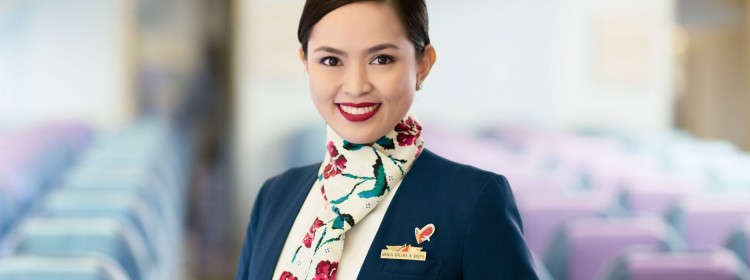

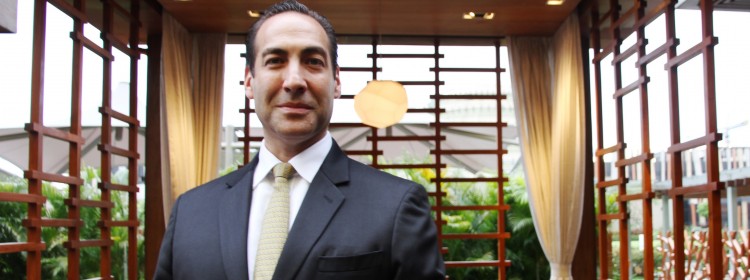

 We have the F&B, the entertainment and DreamPlay [pictured left and below, a family play space with attractions also suited to teambuilding activities] which is a first in the world. Couple that with the service we provide. In my opinion, and of course I’m biased, it’s a no-brainer. Why not come here?
We have the F&B, the entertainment and DreamPlay [pictured left and below, a family play space with attractions also suited to teambuilding activities] which is a first in the world. Couple that with the service we provide. In my opinion, and of course I’m biased, it’s a no-brainer. Why not come here?
 I’m proud of my luxury hotel experience which covers the gamut of line staff positions – security, night manager, housekeeping, guest services. We’re all professionals. A house keeper is not a maid; he or she is someone who provides a professional service.
I’m proud of my luxury hotel experience which covers the gamut of line staff positions – security, night manager, housekeeping, guest services. We’re all professionals. A house keeper is not a maid; he or she is someone who provides a professional service.
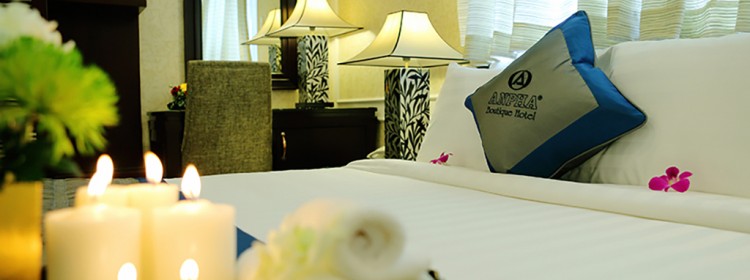
 The well-appointed rooms are tastefully decorated and uniformly immaculate, a credit to the housekeeping team. Many have balconies and a view over the Ben Thanh market, which occupies an entire block and sells everything from sugared frogs eggs to live fish, shoes, ornaments and underwear.
The well-appointed rooms are tastefully decorated and uniformly immaculate, a credit to the housekeeping team. Many have balconies and a view over the Ben Thanh market, which occupies an entire block and sells everything from sugared frogs eggs to live fish, shoes, ornaments and underwear. The young people manning reception are obliging and willing to arrange day tours for reasonable prices. Arguably the most fascinating of these is a trip to the Cu Chi Tunnels, 60 kilometres from the city, which starts from about AUD 50 per person, including pick up at the hotel and transport in an airconditioned bus. It takes around two hours to get there but it’s worth the effort. The tunnels are a 200-kilometre-long network of underground passageways in which up to 16,000 Viet Cong sheltered during the Vietnam War and from which they launched attacks on US troops and, in earlier years, on French colonists.
The young people manning reception are obliging and willing to arrange day tours for reasonable prices. Arguably the most fascinating of these is a trip to the Cu Chi Tunnels, 60 kilometres from the city, which starts from about AUD 50 per person, including pick up at the hotel and transport in an airconditioned bus. It takes around two hours to get there but it’s worth the effort. The tunnels are a 200-kilometre-long network of underground passageways in which up to 16,000 Viet Cong sheltered during the Vietnam War and from which they launched attacks on US troops and, in earlier years, on French colonists.
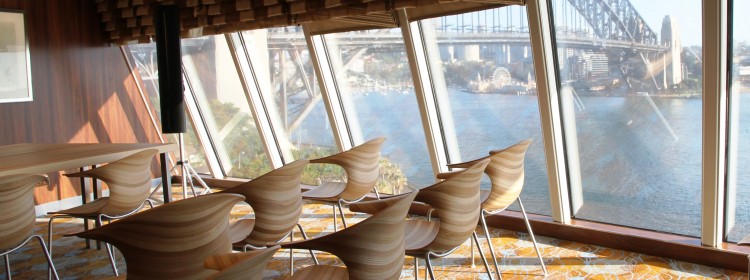
 Value-for-money considerations span perks like group discounts and a points system that can earn groups onboard privileges.
Value-for-money considerations span perks like group discounts and a points system that can earn groups onboard privileges. For example at the time of publication, Ovation was planning to host a fiftieth birthday celebration for 500 people for a bank when it arrived in Singapore, as well as a conference for travel company Expedia, also for 500.
For example at the time of publication, Ovation was planning to host a fiftieth birthday celebration for 500 people for a bank when it arrived in Singapore, as well as a conference for travel company Expedia, also for 500. The scale of the restaurant operations is astonishing. Restaurant Operations Manager on Ovation of the Seas Koksal Merdamert (pictured below right, with head chef Sebastian Holda), oversees the serving of around 20,000 meals a day to 4,900 passengers and 1,500 crew.
The scale of the restaurant operations is astonishing. Restaurant Operations Manager on Ovation of the Seas Koksal Merdamert (pictured below right, with head chef Sebastian Holda), oversees the serving of around 20,000 meals a day to 4,900 passengers and 1,500 crew. To run them all efficiently, Koksal and his teams must plan menus up to a year in advance. Wherever possible, the ship’s provisioners order fresh local produce from the ports they visit, and adjust menus in line with guests’ feedback, he said.
To run them all efficiently, Koksal and his teams must plan menus up to a year in advance. Wherever possible, the ship’s provisioners order fresh local produce from the ports they visit, and adjust menus in line with guests’ feedback, he said. Added John Rae: “I’ve worked for Royal Caribbean since 9/11 and it’s a phenomenally dynamic work environment, and Ovation is, without doubt, technologically and in its design, in every way, far ahead of everything else.”
Added John Rae: “I’ve worked for Royal Caribbean since 9/11 and it’s a phenomenally dynamic work environment, and Ovation is, without doubt, technologically and in its design, in every way, far ahead of everything else.” The Cruise Lines International Association (CLIA) has revealed that global cruise travel – leisure and group – is continuing to grow and evolve at a record pace. Some 24.2 million people cruised in 2016, a million more than the previous year and almost two million more than the year before that.
The Cruise Lines International Association (CLIA) has revealed that global cruise travel – leisure and group – is continuing to grow and evolve at a record pace. Some 24.2 million people cruised in 2016, a million more than the previous year and almost two million more than the year before that.
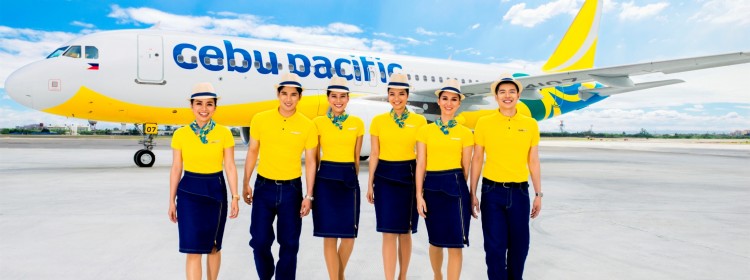
 “Any PCO or event manager organising an event in the islands, whether it’s a familiarisation trip, conference or incentive should contact our corporate booking office to discuss their requirements in more detail,” says Atty JR Mantaring (pictured, left), Cebu Pacific’s Vice President for Corporate Affairs.
“Any PCO or event manager organising an event in the islands, whether it’s a familiarisation trip, conference or incentive should contact our corporate booking office to discuss their requirements in more detail,” says Atty JR Mantaring (pictured, left), Cebu Pacific’s Vice President for Corporate Affairs.

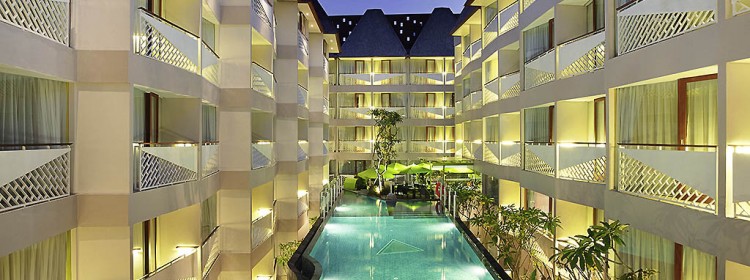

 Online room rates start at around AUD 50, and include a full breakfast. Meeting packages start at around AUD 24 for a half day, including lunch, AUD 30 per person for a full day, or AUD 43 for full-board meetings, including two coffee breaks, lunch and dinner. Also thrown in are welcome drinks, free internet and discounts of up to 20% in the on-site spa.
Online room rates start at around AUD 50, and include a full breakfast. Meeting packages start at around AUD 24 for a half day, including lunch, AUD 30 per person for a full day, or AUD 43 for full-board meetings, including two coffee breaks, lunch and dinner. Also thrown in are welcome drinks, free internet and discounts of up to 20% in the on-site spa.




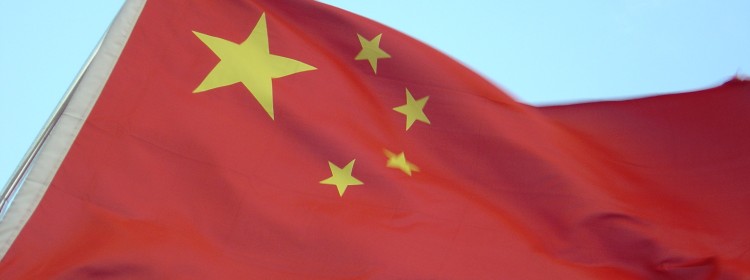
 That’s the key message, again, in Hotels.com’s latest Chinese International Travel Monitor, published last month. The fifth annual survey of its kind shows that despite a slowdown in the growth of Chinese overseas travel, 92% of travellers from the country plan to increase or maintain spending, and one-third plan to spend more on travel in the coming year.
That’s the key message, again, in Hotels.com’s latest Chinese International Travel Monitor, published last month. The fifth annual survey of its kind shows that despite a slowdown in the growth of Chinese overseas travel, 92% of travellers from the country plan to increase or maintain spending, and one-third plan to spend more on travel in the coming year.
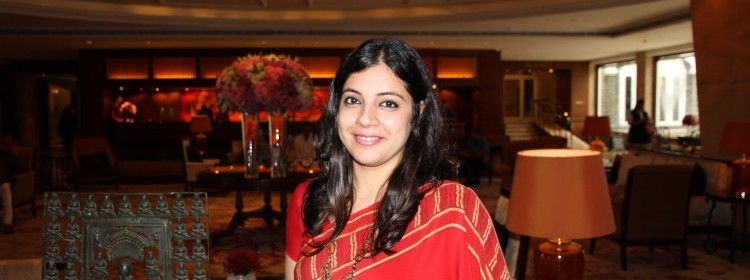

 For landlubbers it also enjoys a good strategic location in Mumbai’s main commercial hub. An hour from the airport, it’s close to the financial district, parliament, stadium, offices and shopping districts.
For landlubbers it also enjoys a good strategic location in Mumbai’s main commercial hub. An hour from the airport, it’s close to the financial district, parliament, stadium, offices and shopping districts. On average, for organisers who take say fifty rooms and up, the bed and breakfast-plus-taxes rate during the monsoon months would be in the INR 9,500 to INR 10,000 range, says Nisha. And a lunch and dinner buffet together would be around INR 7,000 plus taxes. That means all-up you’d be looking at INR 15,000 (USD 225) to INR 18,000 (USD 270) per person, based on a stay in the tower section which is aimed more at business travellers.
On average, for organisers who take say fifty rooms and up, the bed and breakfast-plus-taxes rate during the monsoon months would be in the INR 9,500 to INR 10,000 range, says Nisha. And a lunch and dinner buffet together would be around INR 7,000 plus taxes. That means all-up you’d be looking at INR 15,000 (USD 225) to INR 18,000 (USD 270) per person, based on a stay in the tower section which is aimed more at business travellers.